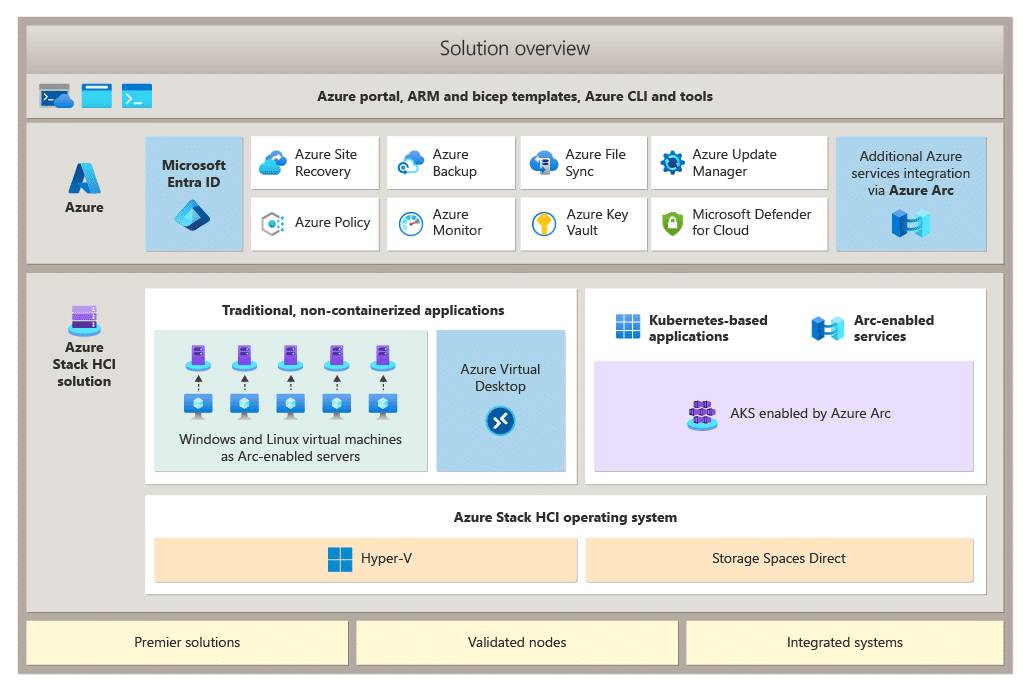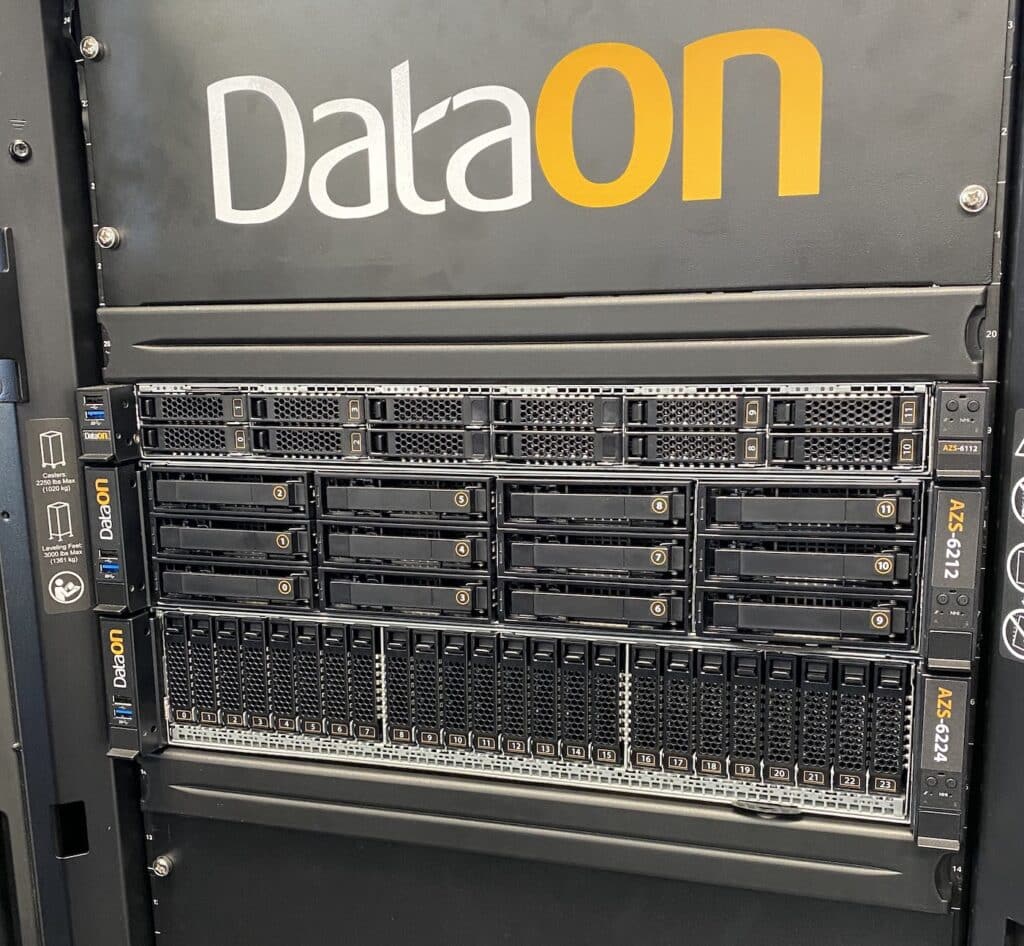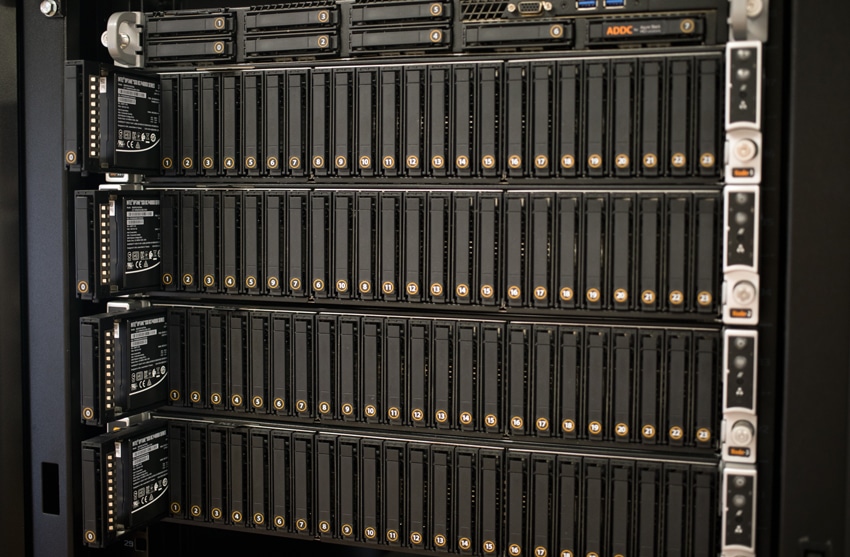Azure Stack HCI represents Microsoft’s cutting-edge approach to hyperconverged infrastructure (HCI), offering a seamless blend of on-premises computing power with the flexibility and scalability of cloud services. The latest 23H2 release brings a substantial list of new features and enhancements.
Azure Stack HCI represents Microsoft’s cutting-edge approach to hyperconverged infrastructure (HCI), offering a seamless blend of on-premises computing power with the flexibility and scalability of cloud services. The latest 23H2 release brings a substantial list of new features and enhancements.

Image courtesy of Microsoft Azure
The 23H2 release introduces three release trains: 2405, 2402, and 2311, each offering various features and improvements. The latest 2405 release train focuses on bug fixes and several key enhancements:
- Custom storage IPs for add and repair server scenarios
- Improved outbound connectivity checks
- Reliability improvements for partner health checks
- Rotation of Arc Resource Bridge service principal credentials
One of the standout features in this release is the improved Active Directory integration, addressing timeout issues when adding users to local administrator groups in large Active Directory environments. Microsoft has also introduced a new Azure Resource Manager (ARM) template for deployment, simplifying resource creation dependencies and fixing issues related to missing mandatory fields.
This update includes crucial security enhancements. The secret rotation process has been improved, with the PowerShell command Set-AzureStackLCMUserPassword now supporting a parameter to skip confirmation messages, facilitating automation in secret rotation tasks.
The update process has seen significant improvements, including an adjusted naming schema that better identifies feature versus cumulative updates. Reliability enhancements have been made to update notifications and cluster update progress reporting, addressing issues that could cause update failures or delays.
Microsoft has also bolstered the environment checker with several new checks, ensuring proper configuration before deployment. These checks cover network adapter drivers, link speeds, RDMA functionality, and DNS configuration.
Observability improvements include a new warning message to limit log collection to 24 hours and the automatic collection of deployment logs. A new Test-observability feature has been added to validate telemetry and diagnostic data transmission to Microsoft.
For Arc VM management, the release provides new documentation on creating VM images for CentOS and Red Hat Enterprise Linux (RHEL) virtual machines, expanding users’ options.
The Azure portal experience has been refined, with fixes to deployment visibility issues and changes to protect against accidental resource deletion. For clarity, the “Retry” button for failed deployments has been renamed “Resume.”

According to Howard Lo, DataON’s VP of Sales & Marketing:
“Azure Stack HCI isn’t just an OS anymore. The additions of Azure Virtual Desktop for Azure Stack HCI, Azure Kubernetes Service powered by Azure Arc, and Azure Arc being built into Azure Stack HCI.” Lo continued, “It’s really becoming a complete hybrid cloud solution, not just an OS. And it’s all managed from the same familiar Azure experience. There’s a lot to be excited about AzureStack HCI.”
This release of Azure Stack HCI version 23H2 demonstrates Microsoft’s commitment to enhancing hybrid cloud solutions. It offers improved performance, security, and management capabilities for enterprises looking to modernize their infrastructure while maintaining on-premises control.
Engage with StorageReview
Newsletter | YouTube | Podcast iTunes/Spotify | Instagram | Twitter | TikTok | RSS Feed

